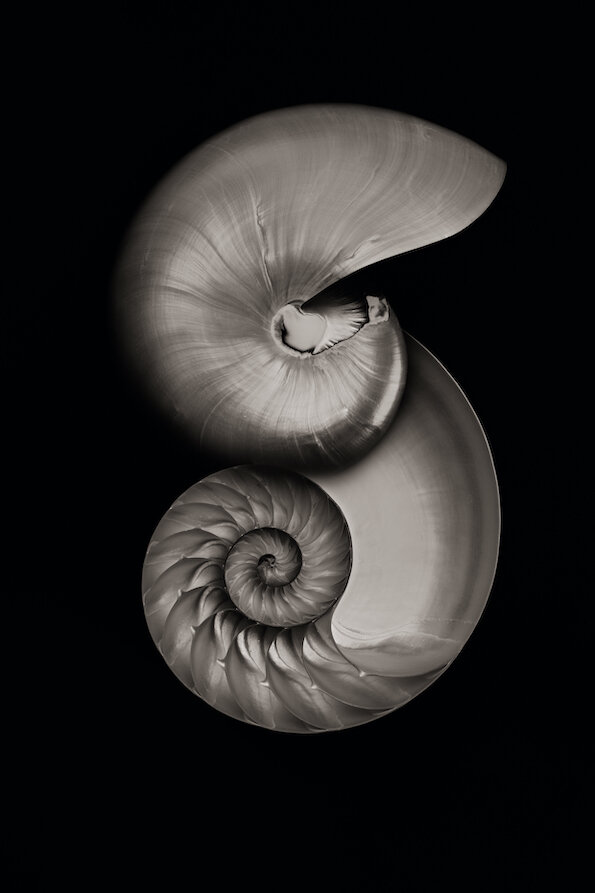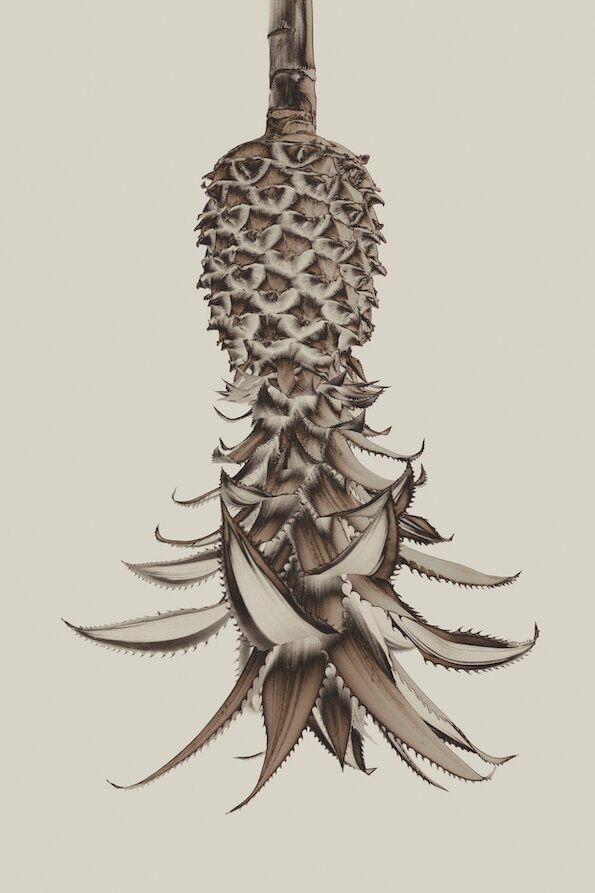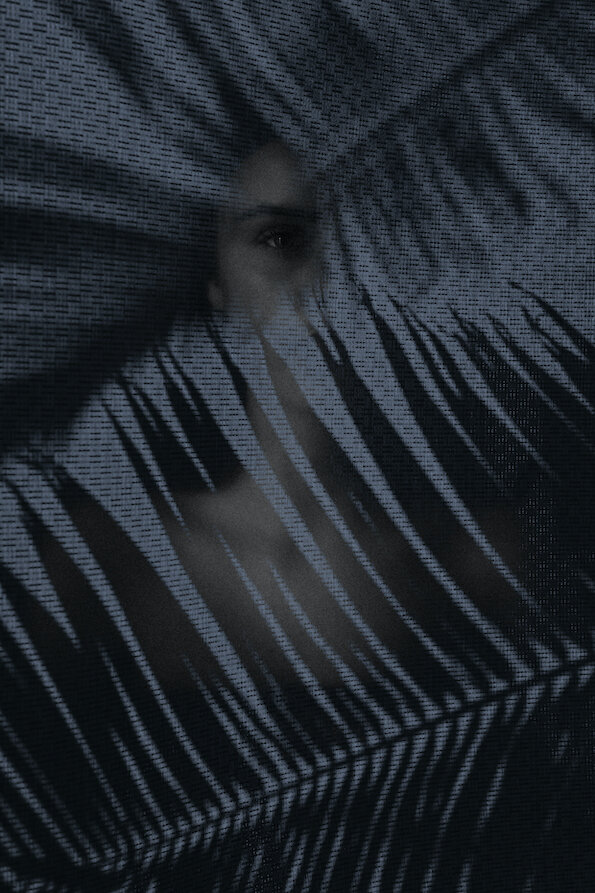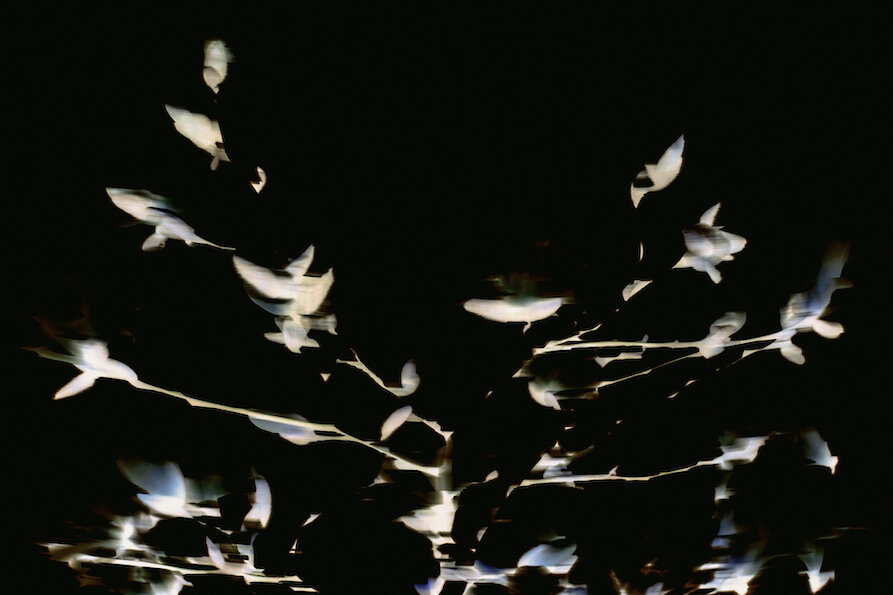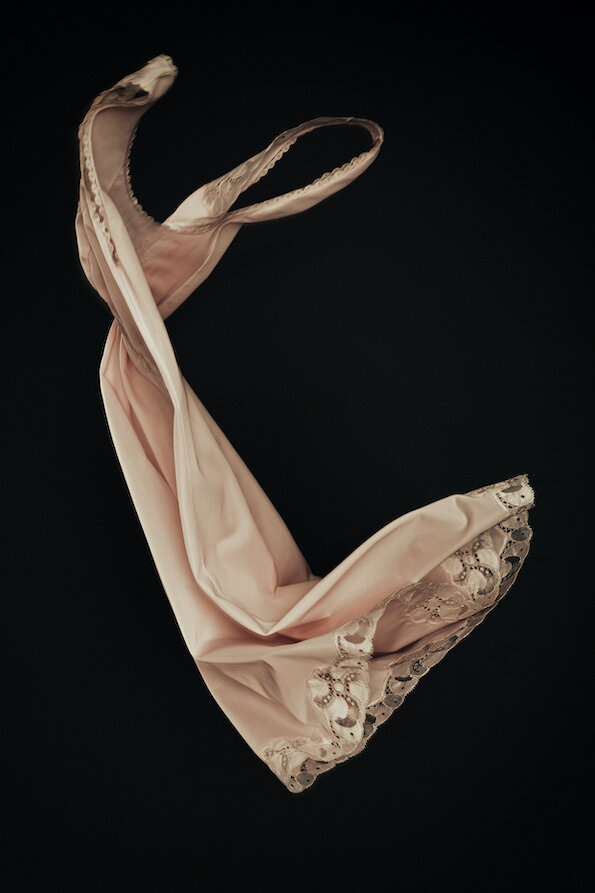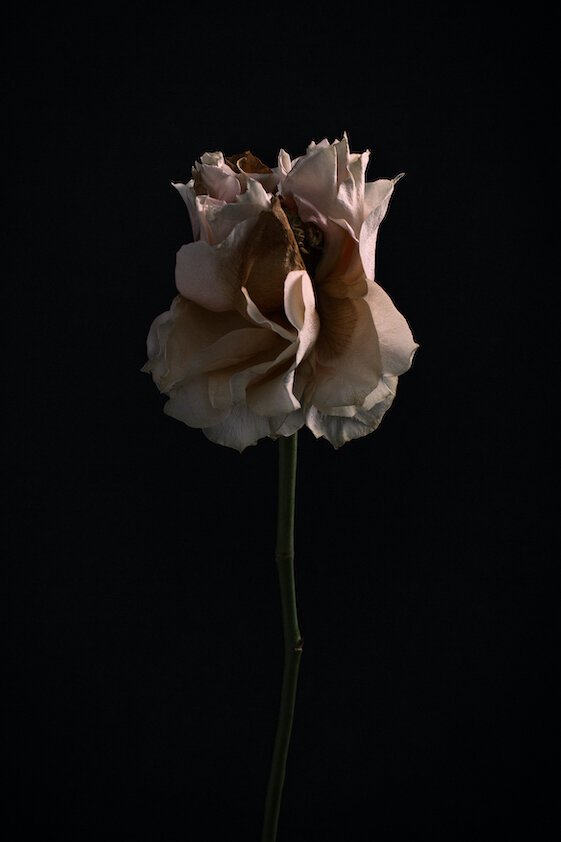SILENT LOSS - INTERVIEW WITH ILONA LANGBROEK
Ilona Langbroek (b.1970, the Netherlands) is a recent graduate from the Fotoacademie in Amsterdam. By means of her images she attempts to visualise the bond between man, spirit and nature.
‘Silent Loss’ deals with the emotions of loss and sadness of a generation forced to leave the former Dutch-Indies. In this interview with GUP, Langbroek discloses the details of her project and her point of view as a photographer.
What is your personal connection to Indonesia?
I am the granddaughter of a Chinese-Indonesian woman and a Dutch KNIL soldier, who met in the Dutch East Indies before the war. During the Second World War, my grandmother worked as a nurse in a malaria clinic. My grandfather was taken prisoner of war and put to work on the Death Railway, also known as the Burma Railway. When the Burma railway was finished, he was transported to Japan by hell ship and stayed there in a labour camp until the capitulation of Japan in August 1945. After the war, my grandfather and grandmother found each other again. Following the Indonesian National Revolution, they were repatriated to the Netherlands. My grandfather was mentally heavily affected, particularly due to the displacement while my grandmother experienced the loss of her homeland.
Can you shortly say something about the work?
‘Silent Loss’ is about my family history. It is about an unprocessed past where loss of homeland and a particular identity play the leading role. For four centuries there have been relations between the Netherlands and the former Dutch East Indies that have left their mark.
I grew up with the Indonesian narrative tradition of black magic known as Guna-Guna and animism, as well as stories of the cruelty of the Japanese occupation in Indonesia. My inspiration comes from stories and memories of my grandparents, but also from pre-war Dutch-Indonesian literature.
In my ongoing project, I use various exotic and tropical objects such as tropical fruits, flowers and shells as a metaphor for my grandparents who suffered. But my roots also resonate in them. The approach to the objects in my images stems from my interest in engravings displayed in books of botanist Georg Everhard Rumphius describing the flora and fauna, and the marine life surrounding the island of Ambon.
Reading pre-war Dutch-Indonesian literature makes me return to a life and time that is no longer there, to a period and an environment in which my grandmother grew up. One of the writers that inspires me greatly is Maria Dermoût. She describes the Indonesian narrative tradition of animism in a very poetic way. The common thread in her books is also the theme of loss that plays a leading role in my photo series.
There is a warm yellow filter spreading across the images in ‘Silent Loss’, having almost a vintage feel. What was your initial idea behind your choice of colour palette?
My use of colour stems from nostalgia, from my childhood memories. My grandparents' house, their furniture and objects from the East. But also, from my own sense of Indonesian origin. The shadow play and light in Indonesia are also sources of my inspiration.
When observing your images, I sense sentimentality for the past, a form of nostalgia. What role does this concept play in your photography practice?
The longing for the past plays a very significant role in my photography. The time of the old Dutch East Indies in which my grandmother grew up and what changed so much after the war excites my curiosity and sentiment. I also think about how it must have been for my grandfather to be sent as a young man to a faraway tropical place. I choose to depict the past with poetic images that show vulnerable human power but also bears scars of the past.
You can meet Ilona's work and other 99 great photography talents on FRESH EYES book.


